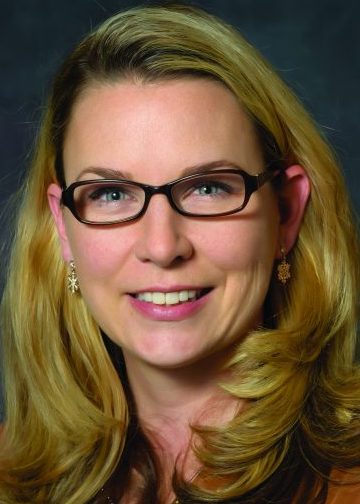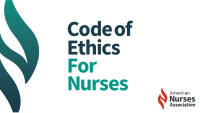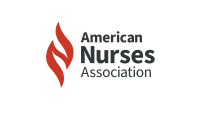More men in nursing supports population and workforce health.


All nurses—regardless of gender—should be concerned that the nursing profession remains predominantly female. In 2023, men comprised just 12.6% of RNs and 10.2% of nurse practitioners (NPs), according to the Bureau of Labor Statistics. These figures have changed only modestly since 2013, when 10% of RNs and 8.2% of NPs were men. (The 2022 National Sample Survey of Registered Nurses found higher percentages among NPs and advanced practice RNs at 12% and 15%, respectively.)
Representation across not only gender but also race, ethnicity, sexual orientation, age, and other demographic measures matters in our profession, which is rooted in both science and caring. The human connections that enable our care plans and patient advocacy, education, and interventions deepen based on common lived experiences between nurses and patients. As we seek to remove healthcare disparities and see our patients living as well as possible, these deepened connections can make tangible inroads one-on-one with individual patients and in health systems and population-based healthcare.
Better connections with male patients matter because the state of men’s health isn’t good. Men are more likely than women to have hypertension (50.5% v. 45.7%), smoke (13.2% v. 10%), and binge drink at least once per year (30.9% v. 19.8%). Men, particularly elderly men, also have substantial and perhaps unrecognized mental health challenges. Data from the Centers for Disease Control and Prevention indicate that the suicide rate for men in 2022 who were age 75 or older was 43.7 per 100,000, far exceeding any other age group of men or women.
Despite these and other negative health indicators, many men tend to ignore their health. A recent survey found that 44% don’t prioritize mental health, and an equal percentage don’t get a yearly physical. These metrics underscore the relevancy of Men’s Health Month each June, which aims to educate men about their health risks and encourage healthcare engagement.
The ongoing and projected shortage of RNs also makes the case for further diversifying the profession. We all benefit when organizations include and celebrate diversity and the unique contributions of each nurse. The American Nurses Association (ANA) supports efforts to rebuild the workforce and invest in nursing schools, fueling the pipeline of a more heterogeneous population of RNs and advanced practice RNs (p2a.co/ywz5JtS).
Collectively, we all play a role in encouraging more men to enter the profession. This includes individual nurses exercising allyship to welcome all nurses and call out both micro and systemic injustices.
An underappreciated strategy would be to see nursing designated uniformly as a science, technology, engineering, or mathematics (STEM) degree—emphasizing the science aspect of our profession. Some agencies, like the Department of Education, currently classify nursing degrees as STEM degrees; others, like the Department of Homeland Security do not. These designations affect how students learn about and consider nursing as a career option, potential career opportunities for those in the field, and the funding and resources available to further diversify the profession. ANA supports efforts to gain an across-the-board STEM designation and is working with the Biden administration to effect this change.
This is just one of many actions that could welcome more men into nursing. The real health challenges men face and the current and projected workforce shortage demand that we use this and every available tool to bring the rich diversity of our country into our profession.


Jennifer Mensik Kennedy, PhD, MBA, RN, NEA-BC, FAAN,
President, American Nurses Association
American Nurse Journal. 2024; 19(6). Doi: 10.51256/ANJ062413




















